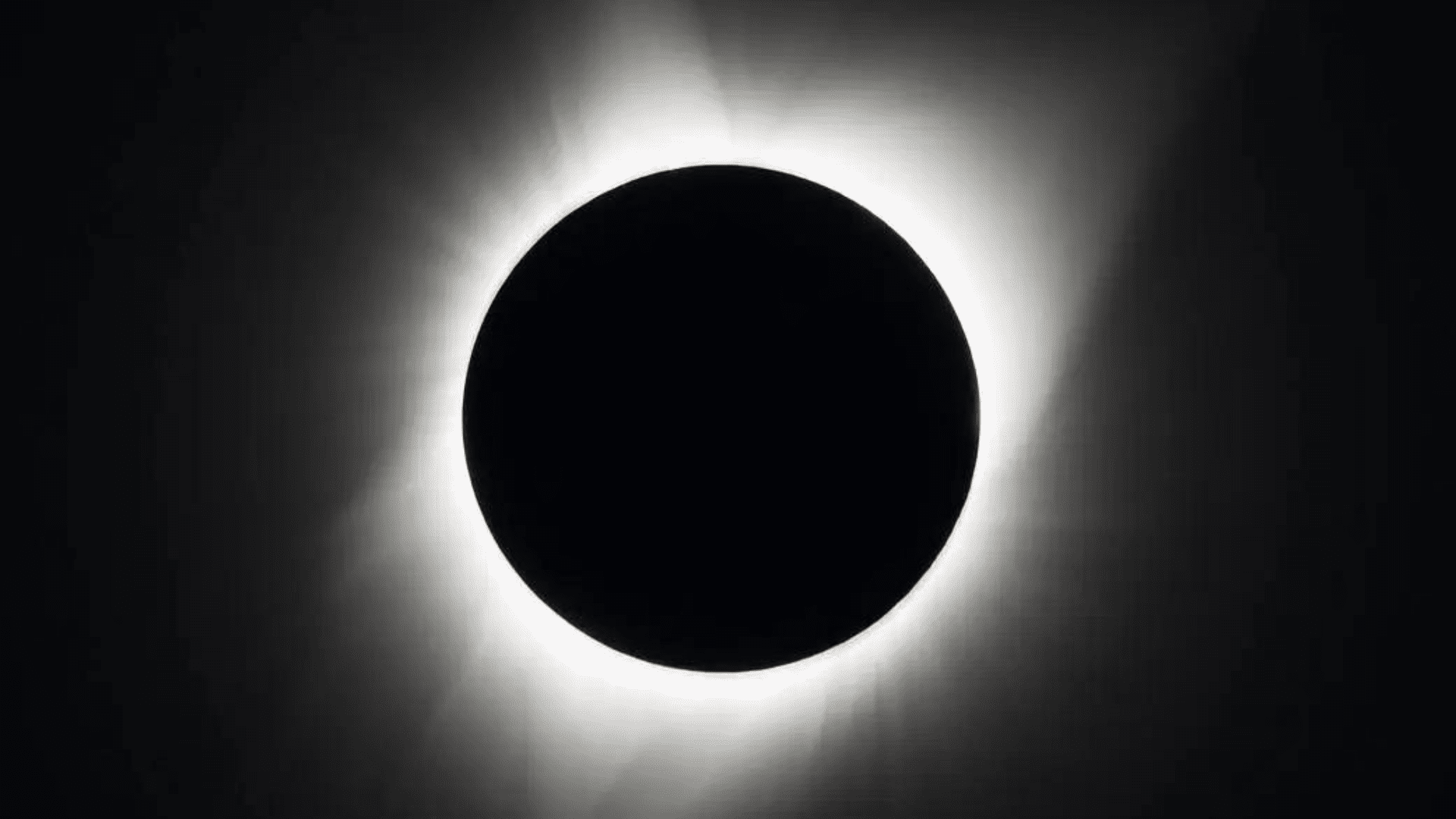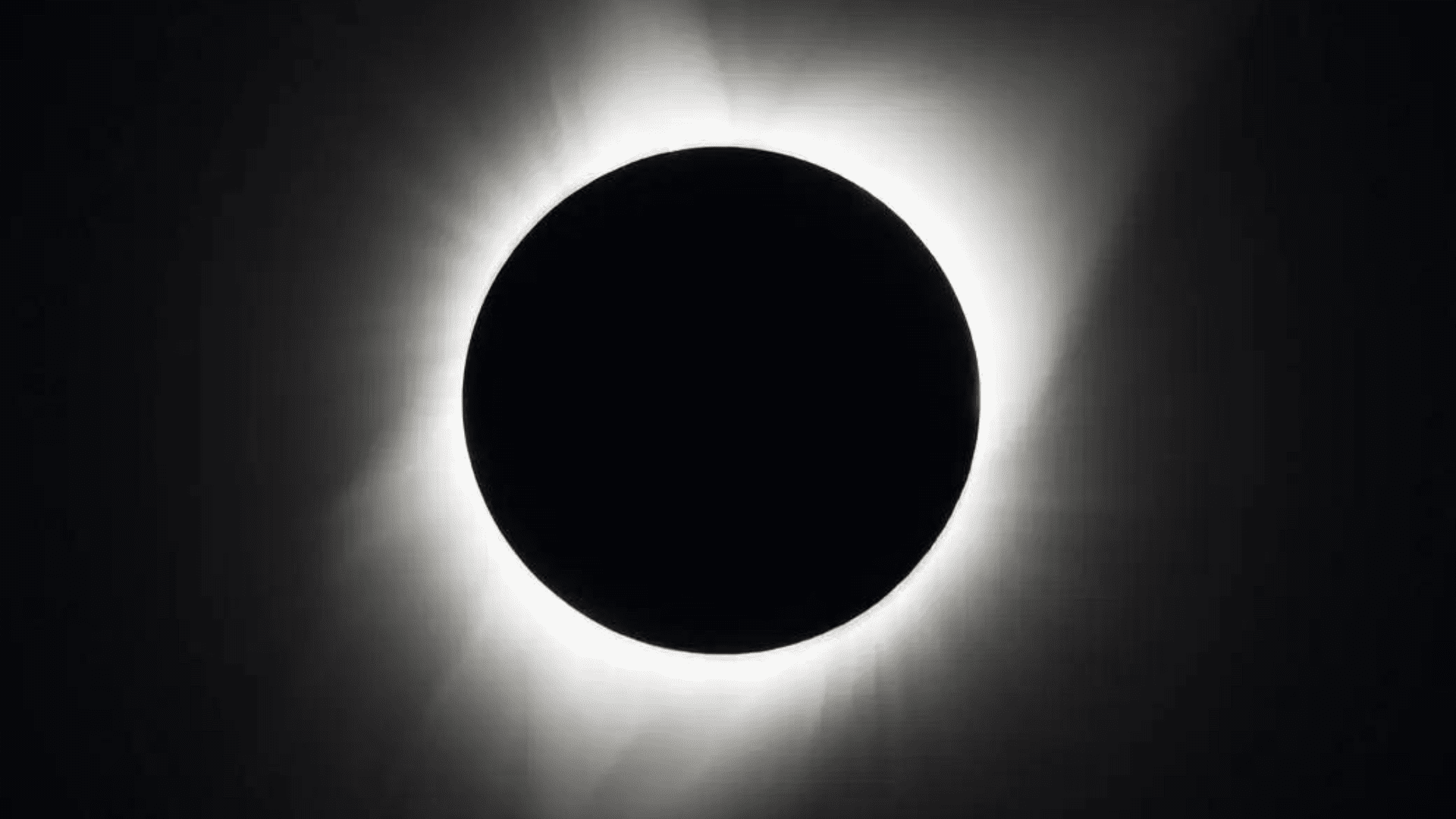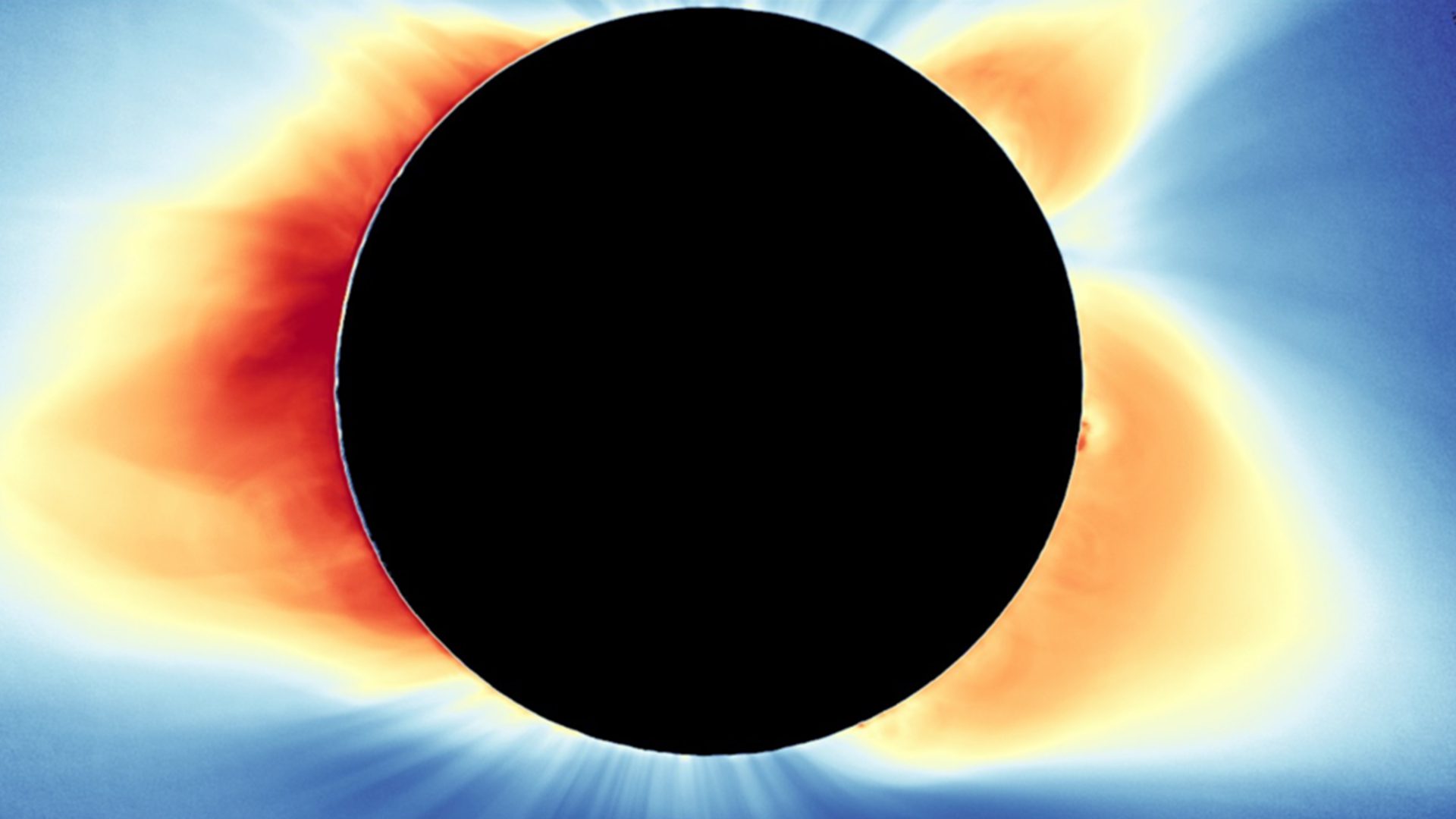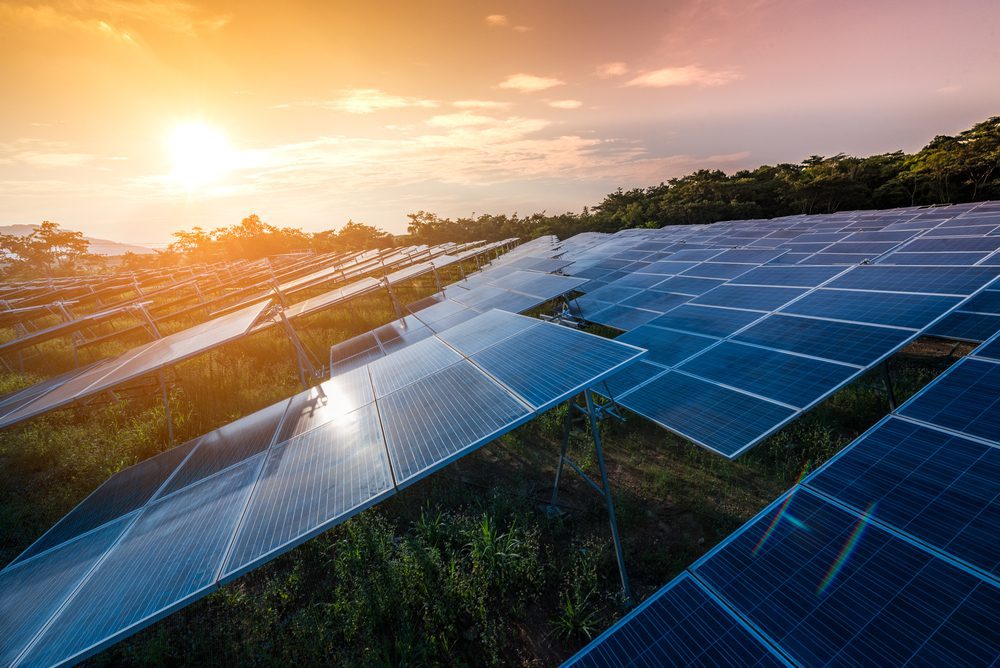The upcoming solar eclipse on April 8 is more than an astronomical spectacle. The lack of solar energy generation presents a tricky challenge for energy grids.
Decline in Solar Power

During the last total solar eclipse in 2017, the Moon stole the sunshine when it crossed in front of the Sun. Unsurprisingly, solar power across America plummeted for several hours and when the Moon started its route until the Sun was clear again, solar power generation took a hit.
On April 8, the Moon will make another journey across the Sun for a total solar eclipse. Although these are rare occurrences, this is the second total solar eclipse in seven years. It presents a challenge for power grid operators because of the lack of sunlight.

This year’s solar eclipse has a path of totality where observers can see a total solar eclipse. Outside of this path, observers could see partial coverage. The April 8 eclipse has a path from Texas to Maine. In southern Texas, where the path of totality starts, the eclipse will last just under three hours with about 4 minutes and 30 seconds of totality. Scientists predict Texas will see a significant drop in solar energy production during that time. Projections suggest the Electric Reliability Council of Texas (ERCOT) solar production will drop from nearly 15,000 megawatts to around 1,000 megawatts. Estimations suggest the overall loss will be 11.7 percent of its total daily solar generation.
Depending on Solar Energy
In the last decade, there has been a worldwide trend toward renewable energy such as solar energy and the growth continues to increase. Solar power generation capacity is expected to double from 2022 to 2028. In fact, the U.S. can generate now three times the amount of solar energy than it did during the eclipse in 2017. There are six major regions in the North American power grid with over 150 local and regional grids. Each local grid has electrical system operators that balance the amount of electricity production and the electricity demand. For the eclipse, these system operators need to figure out how much energy production will drop and how much will be taken from reserves. For example, during the 2017 eclipse, solar power generation dropped in the U.S. by 25%.
Explore Tomorrow's World from your inbox
Get the latest science, technology, and sustainability content delivered to your inbox.
I understand that by providing my email address, I agree to receive emails from Tomorrow's World Today. I understand that I may opt out of receiving such communications at any time.
A Hit to All Renewable Energy

Another major source of renewable energy takes a hit during an eclipse. Since the Moon is taking away the Sun’s shine, temperatures tend to drop as much as 10 degrees Fahrenheit. Lower temperatures tend to cause lower wind speeds that result in lower wind power generation. When the U.S. experienced the solar eclipse in 2017, renewable energy took a 6 gigawatt hit. This is equivalent to the amount of energy from 600 million LED lightbulbs. Therefore, electrical operators turned to nonrenewable energy sources.
They planned and increased power generation from natural gas and coal that do not depend on sunlight. Throughout the solar eclipse in August 2017, the nonrenewable energy boost caused about 10 million pounds of extra carbon emissions. That’s about the same amount of annual emissions from 1,000 cars.
While you keep an eye on the eclipse (in your eclipse sunglasses), system operators will keep a close eye on renewable energy.







